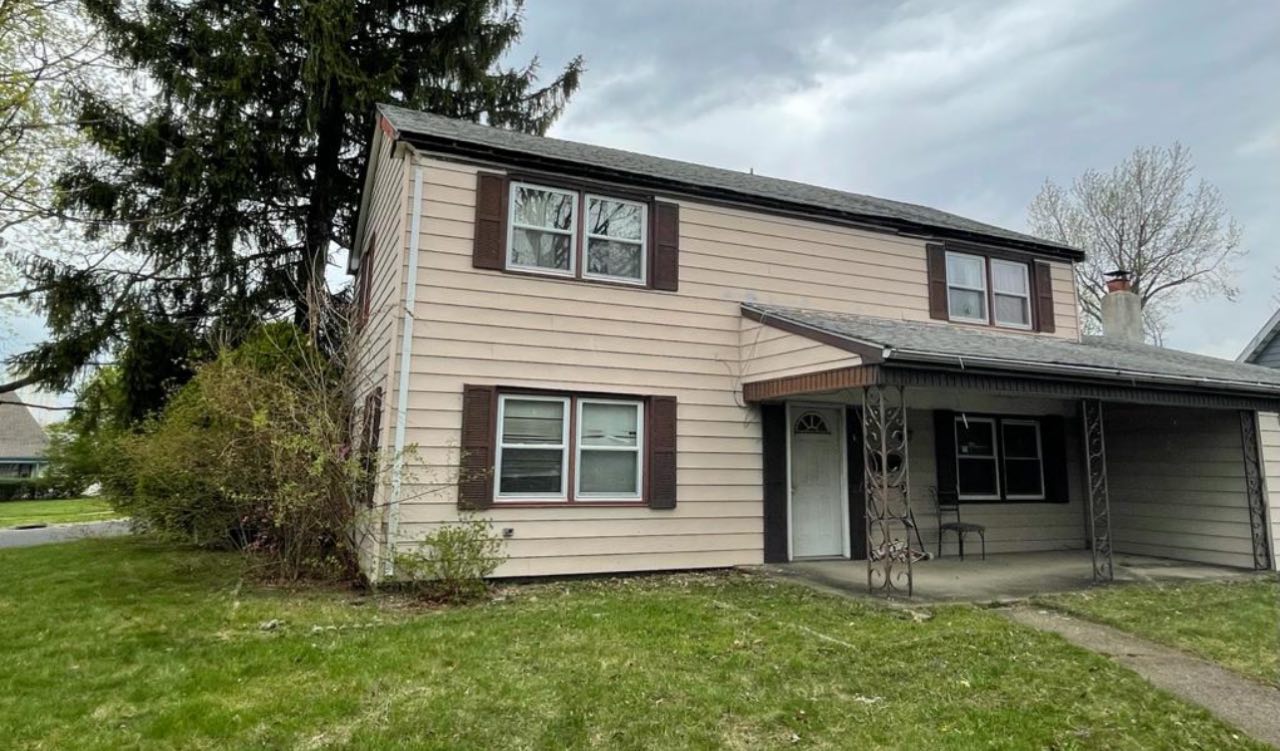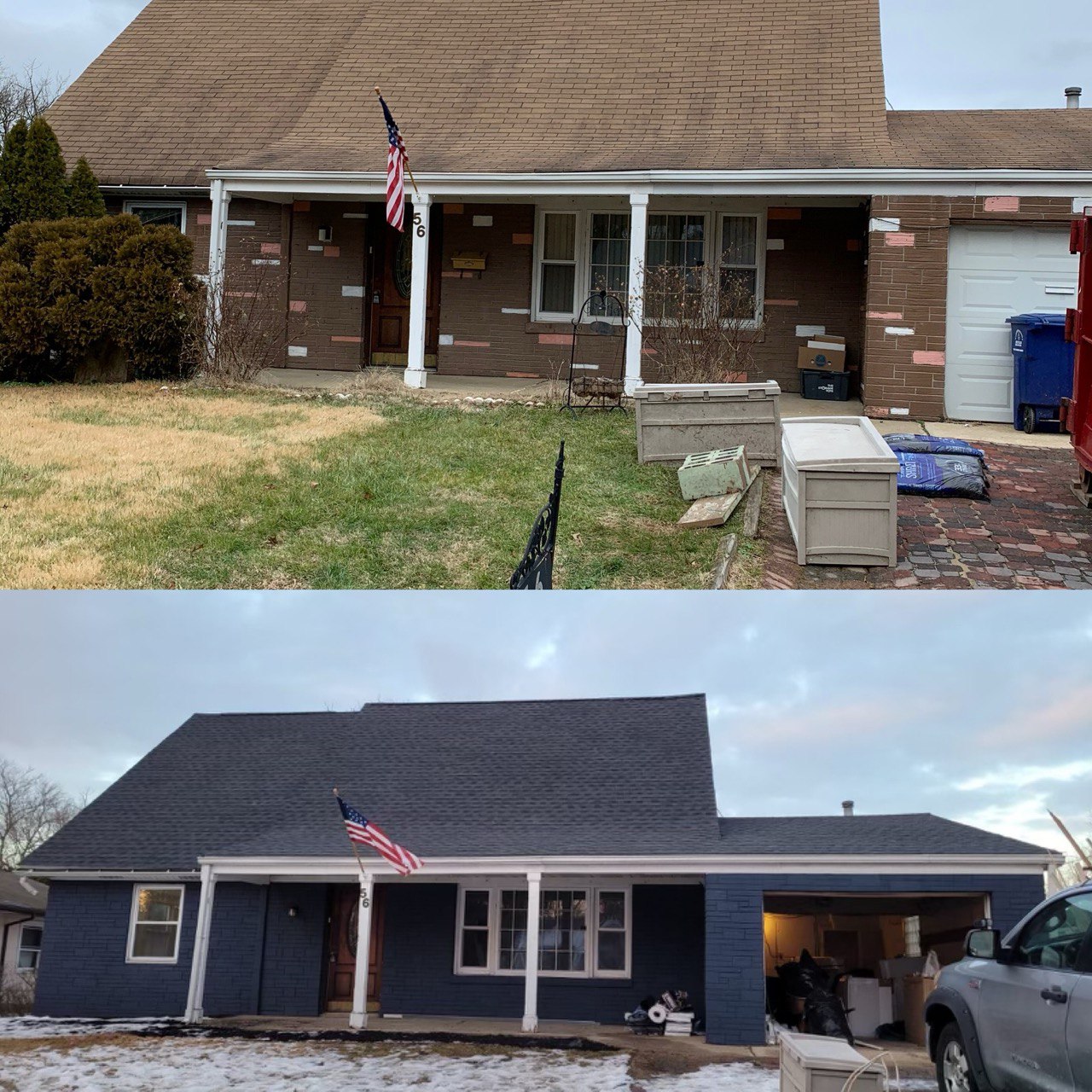Introduction
A 1031 exchange is a powerful tool for real estate investors, allowing them to defer capital gains taxes by reinvesting proceeds from the sale of one investment property into another like-kind property. This strategy provides numerous benefits, such as tax deferral, portfolio growth, and long-term wealth building. This blog will explore the various advantages of utilizing a 1031 exchange in your real estate investment journey.
What is a 1031 Exchange?
A 1031 exchange, also known as a like-kind exchange, is a tax-deferral strategy that allows real estate investors to sell an investment property and purchase another similar property, while deferring capital gains taxes. This strategy is especially useful for investors looking to grow their portfolios and increase their wealth without being burdened by immediate tax liabilities.
Eligible properties for a 1031 exchange include any type of real estate held for business or investment purposes, such as residential, commercial, and investment properties. The key factor for eligibility is that the properties involved must be “like-kind,” which means they must be of the same nature, character, or class. It is important to note that the definition of “like-kind” is quite broad, so investors have a wide range of options when it comes to exchanging properties.
The role of a qualified intermediary is crucial in the 1031 exchange process. A qualified intermediary is a neutral third party who facilitates the exchange by holding the proceeds from the sale of the relinquished property and using them to purchase the replacement property on behalf of the investor. This ensures that the investor does not have direct access to the funds, which is necessary for a successful exchange. Working with a qualified intermediary also helps investors navigate the rules and regulations surrounding 1031 exchanges, making the process smoother and more efficient.
Main Benefits of a 1031 Exchange
Understanding the advantages of a 1031 exchange can help investors make informed decisions about their real estate investments. Let’s explore the main benefits of a 1031 exchange in greater detail:
Tax Benefits
One of the most significant benefits of a 1031 exchange is the deferral of capital gains taxes. When investors sell a property and purchase a like-kind replacement property through a 1031 exchange, they can defer the payment of capital gains taxes, allowing them to reinvest tax-deferred funds. This tax deferral can lead to substantial savings, enabling investors to maximize their financial resources.
Portfolio Growth and Diversification
A 1031 exchange enables investors to leverage their equity to upgrade to more valuable properties or diversify their real estate portfolio. By reinvesting tax-deferred funds into new properties, investors can expand their holdings, explore new markets, and expose themselves to various property types. This diversification can help mitigate risks and enhance portfolio performance over time.
Resetting Depreciation
Another advantage of a 1031 exchange is the ability to reset depreciation on the new property. When investors sell a property, they may be subject to depreciation recapture, which can result in additional tax liabilities. However, through a 1031 exchange, investors can increase the tax benefits on the replacement property by resetting the depreciation schedule, allowing for higher deductions and potential tax savings.
Flexibility in Property Exchanges
1031 exchanges offer flexibility in the types of properties that can be exchanged, including residential, commercial, and investment properties. This versatility allows investors to adapt to changing market conditions and pivot their investment strategies as needed, without incurring significant tax consequences.
Long-term Wealth Building Strategy
Lastly, a 1031 exchange can be an effective long-term wealth-building strategy. By deferring taxes and efficiently using capital for reinvestment, investors can increase potential returns and grow their wealth over time. This long-term investment tool enables investors to maximize their financial resources and secure their financial future.
Case Study: Example of a 1031 Exchange
To better understand the benefits of a 1031 exchange, let’s examine a case study that highlights the key steps involved in the process. This example will provide insight into how a 1031 exchange can be advantageous for real estate investors, allowing them to grow their portfolio and wealth without being burdened by immediate tax liabilities.
Initial Property Sale
Let’s imagine an investor has decided to sell their investment property, which has appreciated significantly over time. They have found a buyer who is willing to pay a fair market price for the property. However, the investor is concerned about the capital gains taxes they will incur from the sale, which would reduce the amount of capital available for reinvestment. The investor decides to utilize a 1031 exchange, allowing them to defer these taxes and reinvest the full proceeds from the sale into a new property.
Identification of the Replacement Property
After closing on the sale of the initial property, the investor has 45 days to identify a potential replacement property that meets the like-kind requirement for a 1031 exchange. In this case, the investor decides to invest in a larger, more profitable commercial property that aligns with their investment strategy. By identifying this property within the specified timeframe, the investor is able to move forward with the 1031 exchange process.
Completion of the 1031 Exchange Process
With the assistance of a qualified intermediary, the investor completes the 1031 exchange by purchasing the identified replacement property using the full proceeds from the sale of the initial property. This allows the investor to defer the capital gains taxes and reinvest the entire sale amount, providing more capital for growth and potential returns. In addition, the new property allows the investor to reset the depreciation schedule, providing increased tax benefits on the replacement property.
In conclusion, the 1031 exchange process enables real estate investors to strategically sell and reinvest in like-kind properties while deferring capital gains taxes. This case study demonstrates how a 1031 exchange can be a valuable tool for portfolio growth, diversification, and long-term wealth-building strategies.
Key Considerations in a 1031 Exchange
While a 1031 exchange offers numerous benefits, it’s crucial for real estate investors to be aware of the key considerations involved in this process. These considerations include the timeline and deadlines, rules and regulations, and the importance of working with a qualified intermediary.
Timeline and Deadlines
The timeline for a 1031 exchange is critical, and investors must adhere to strict deadlines. From the closing date of the relinquished property sale, investors have 45 days to identify potential replacement properties, followed by a 180-day deadline to complete the purchase of the replacement property. Failure to meet these deadlines can result in the exchange being disqualified, leading to significant tax liabilities.
Rules and Regulations
Investors must also comply with specific rules and regulations governing 1031 exchanges. The exchanged properties must be considered “like-kind,” which means they should be of similar nature, character, or class. Additionally, the equity and debt of the replacement property should be equal to or greater than that of the relinquished property. Investors must also ensure that the proceeds from the sale are used solely for the purchase of the identified replacement property.
Importance of Working with a Qualified Intermediary
Working with a qualified intermediary (QI) is essential for a successful 1031 exchange. The QI is responsible for holding the proceeds from the sale of the relinquished property and ensuring that the exchange process adheres to the required rules and regulations. By partnering with a knowledgeable and experienced QI, investors can confidently navigate the 1031 exchange process and maximize the associated benefits.
In conclusion, a 1031 exchange is an invaluable tool for real estate investors looking to defer capital gains taxes, grow their portfolio, and diversify their investments. By understanding the key considerations involved in this process and partnering with a qualified intermediary, investors can effectively leverage the advantages of a 1031 exchange and build long-term wealth.
How Savannah Properties NJ Can Help with a 1031 Exchange
As a real estate investor, considering a 1031 exchange can be a wise decision to maximize your investment returns. Savannah Properties NJ offers valuable resources and expertise to assist you with this process. Their services are designed to be informative, professional, and customer-focused, ensuring you have a seamless experience throughout the 1031 exchange journey.
Expertise in Real Estate Investing
With a proven track record in the real estate industry, Savannah Properties NJ has accumulated extensive knowledge and experience in various aspects of real estate investing. Their team of professionals can guide you through the complexities of a 1031 exchange, providing you with the necessary insights and strategies to make informed decisions. Their expertise will empower you to maximize the benefits of a 1031 exchange and grow your investment portfolio.
Assistance with the 1031 Exchange Process
Navigating the 1031 exchange process can be challenging, but Savannah Properties NJ is here to help. Their team will walk you through each step of the process, from identifying eligible properties and working with a qualified intermediary to ensuring compliance with deadlines and regulations. Their hands-on approach will help you stay on track and avoid potential pitfalls, making the 1031 exchange process smooth and stress-free.
Resources and Support for Investors
In addition to their expertise and personalized assistance, Savannah Properties NJ also offers a wealth of resources and support for investors. They can provide you with relevant market data, investment strategies, and financial analysis to help you make well-informed decisions. By partnering with Savannah Properties NJ, you will have access to valuable resources and a team of professionals committed to your success in the world of real estate investing.
In conclusion, a 1031 exchange can be a powerful tool for real estate investors looking to maximize their returns and grow their portfolio. With the expert guidance and support of Savannah Properties NJ, you can confidently navigate the 1031 exchange process and take advantage of its many benefits. Don’t hesitate to reach out to their team for assistance in your 1031 exchange journey.
Unlock Your Investment Potential
As we’ve explored, a 1031 exchange offers numerous benefits, such as deferring capital gains taxes, growing your real estate portfolio, and increasing wealth without immediate tax liabilities. It allows investors to leverage their equity, upgrade properties, and diversify investments while adapting to market changes. With the help of a qualified intermediary, the process is straightforward and efficient.
Don’t miss out on this wealth-building strategy and long-term investment tool. Contact Savannah Properties NJ today for expert assistance with your 1031 exchange needs.







